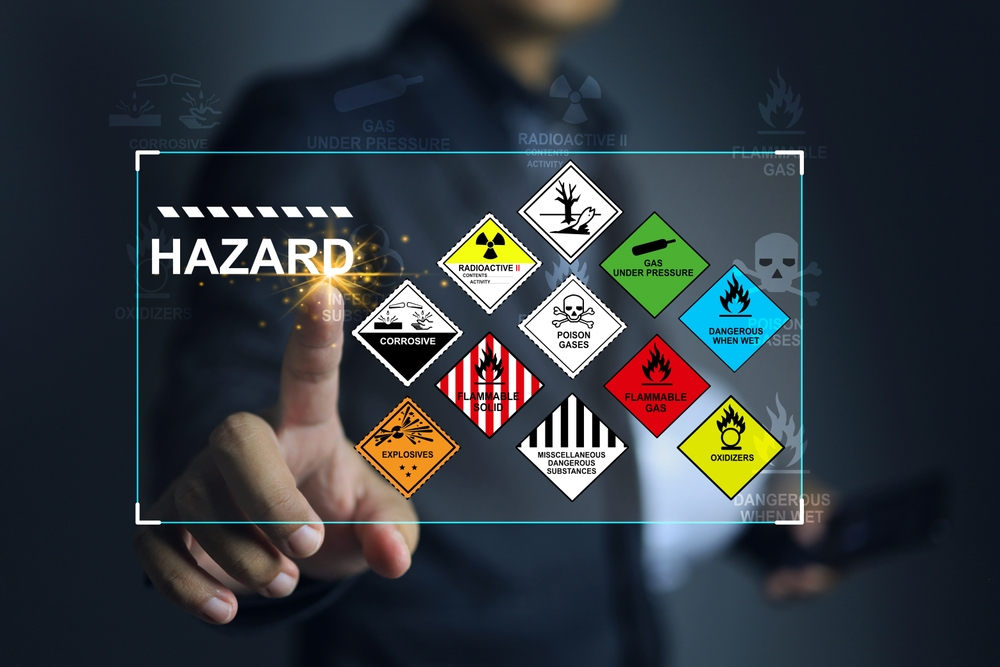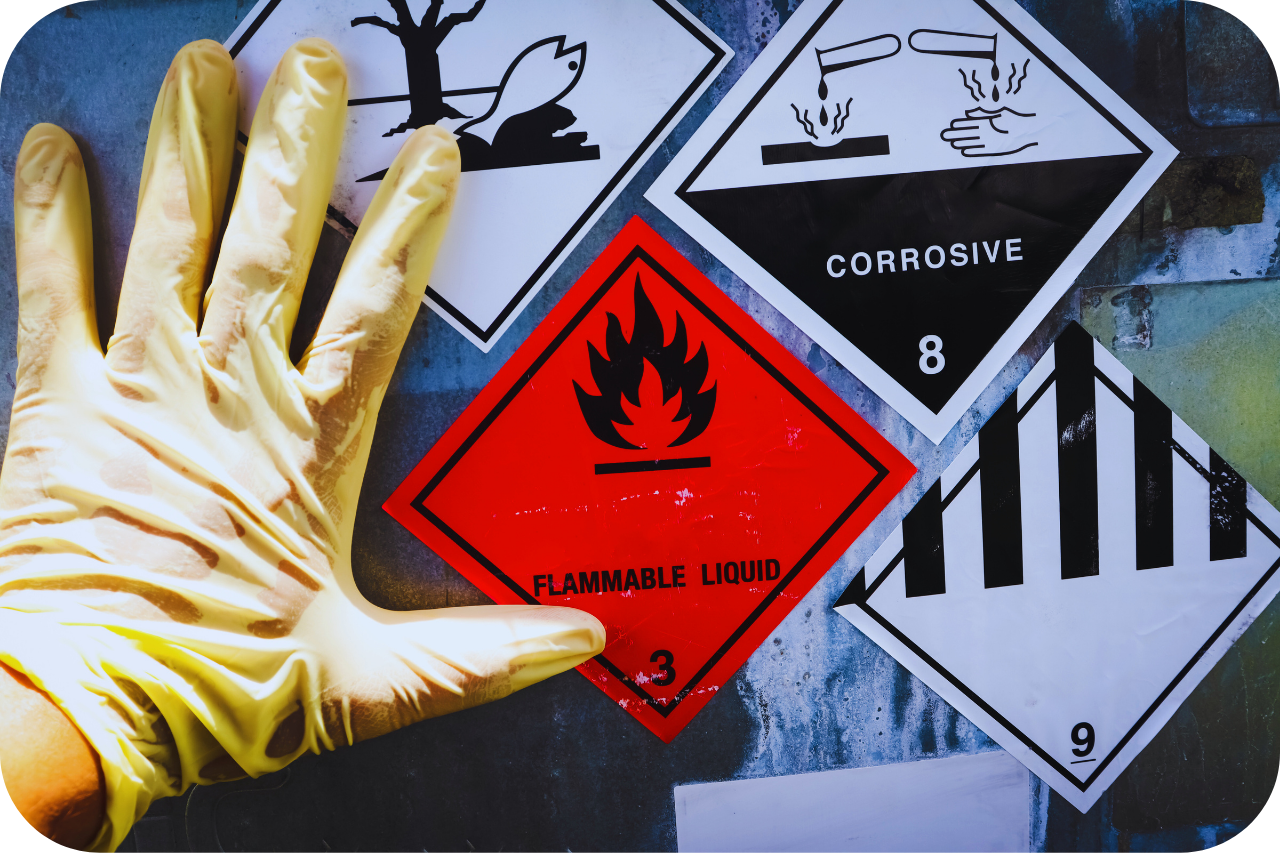The smart Trick of Roar Solutions That Nobody is Discussing
The smart Trick of Roar Solutions That Nobody is Discussing
Blog Article
The Of Roar Solutions
Table of ContentsThe smart Trick of Roar Solutions That Nobody is Talking AboutRoar Solutions Things To Know Before You BuyRoar Solutions Can Be Fun For Everyone
In order to protect setups from a prospective explosion a technique of evaluating and classifying a possibly hazardous area is required. The objective of this is to guarantee the correct choice and setup of tools to eventually prevent an explosion and to ensure security of life.
(https://lnk.pblc.app/pub/f49b043987c7b7)
No tools must be mounted where the surface area temperature level of the devices is greater than the ignition temperature of the provided hazard. Below are some common dirt hazardous and their minimum ignition temperature level. Coal Dust 380C 225C Polythene 420C (thaws) Methyl Cellulose 420C 320C Starch 460C 435C Flour 490C 340C Sugar 490C 460C Grain Dirt 510C 300C Phenolic Material 530C > 450C Aluminium 590C > 450C PVC 700C > 450C Soot 810C 570C The chance of the threat existing in a focus high adequate to trigger an ignition will differ from location to area.
In order to categorize this threat an installment is divided right into locations of risk relying on the quantity of time the harmful exists. These locations are referred to as Zones. For gases and vapours and dusts and fibres there are three zones. Area 0 Zone 20 A hazardous environment is very likely to be present and may be existing for extended periods of time (> 1000 hours per year) or perhaps continuously Zone 1 Zone 21 A harmful atmosphere is feasible but unlikely to be present for extended periods of time (> 10 450 C [842 F] A category of T6 indicates the minimum ignition temperature is > 85 C [185 F] Unsafe area electric equipment maybe developed for use in higher ambient temperature levels. This would certainly indicated on the rating plate e.g. EExe II C T3 Ta + 60C( This implies at 60C ambient T3 will not be surpassed) T1 T1, T2, T3, T4, T5, T6 T2 T2, T3, T4, T5, T6 T3 T3, T4, T5, T6 T4 T4, T5, T6 T5 T5, T6 T6 T6 A T Class ranking of T1 implies the optimum surface area temperature created by the tool at 40 C is 450 C. Assuming the linked T Course and Temperature level score for the devices are appropriate for the location, you can always utilize a tool with an extra rigid Department score than needed for the area. There isn't a clear response to this question sadly. It really does rely on the sort of equipment and what repair services need to be brought out. Equipment with particular examination treatments that can't be executed in the field in order to achieve/maintain third event rating. Need to come back to the factory if it is prior to the devices's solution. Field Repair By Authorised Worker: Complicated screening might not be required nonetheless specific procedures may require to be adhered to in order for the tools to maintain its 3rd party score. Authorized personnel need to be employed to execute the work appropriately Repair work have to be a like for like replacement. New element should be have a peek at this website thought about as a straight replacement requiring no special screening of the equipment after the repair is full. Each item of devices with an unsafe rating need to be examined separately. These are described at a high level listed below, however, for more thorough information, please refer directly to the standards.
Things about Roar Solutions
The devices register is an extensive database of equipment records that includes a minimum collection of fields to recognize each item's area, technological parameters, Ex-spouse category, age, and ecological data. The proportion of Comprehensive to Shut inspections will be identified by the Equipment Danger, which is evaluated based on ignition danger (the possibility of a resource of ignition versus the probability of a combustible ambience )and the unsafe area category
( Zone 0, 1, or 2). Applying a durable Risk-Based Assessment( RBI )technique is important for guaranteeing conformity and safety and security in taking care of Electric Equipment in Hazardous Areas( EEHA).
Get This Report about Roar Solutions

In terms of eruptive threat, an unsafe location is an environment in which an explosive ambience is existing (or may be anticipated to be existing) in amounts that call for special safety measures for the building, installment and use tools. electrical refresher course. In this post we explore the obstacles faced in the office, the risk control steps, and the needed competencies to function securely
It issues of modern-day life that we manufacture, keep or handle a variety of gases or fluids that are considered combustible, and a variety of dirts that are regarded combustible. These compounds can, in particular problems, form explosive atmospheres and these can have major and terrible effects. A lot of us recognize with the fire triangle remove any type of among the three aspects and the fire can not happen, however what does this mean in the context of harmful locations? When damaging this down into its most basic terms it is essentially: a combination of a particular amount of launch or leakage of a particular material or material, blending with ambient oxygen, and the existence of a source of ignition.
In a lot of instances, we can do little regarding the levels of oxygen in the air, but we can have substantial impact on sources of ignition, for instance electric equipment. Hazardous locations are documented on the harmful location category drawing and are determined on-site by the triangular "EX LOVER" indicator. Below, amongst various other essential details, areas are split into three types depending upon the risk, the possibility and duration that an explosive ambience will certainly exist; Area 0 or 20 is considered the most hazardous and Zone 2 or 22 is regarded the least.
Report this page